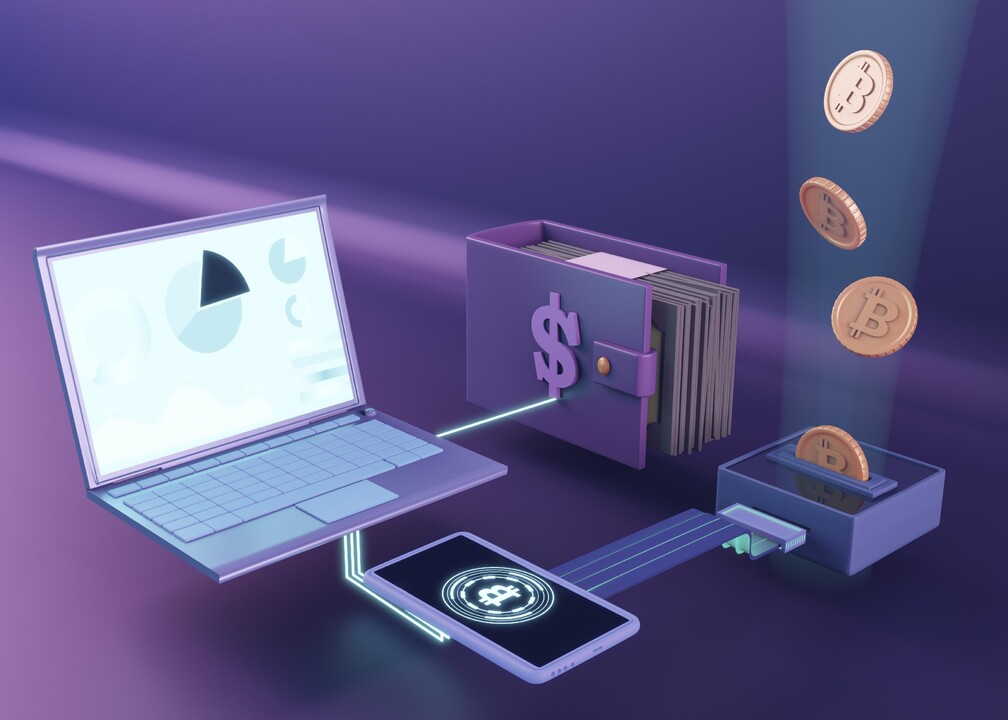Secure Your MetaMask With Ledger Hardware Wallet


Hackers may readily penetrate Metamask’s defenses, making it less secure than it seems. There’s no denying, though, that this wallet is one of the most secure options available, thanks to its many security measures. We propose Ledger with the Metamask to security-conscious customers since it makes it more difficult for someone to compromise your account.
MetaMask is a “bridge” to access Ethereum dApps in your browser without needing to run a full Ethereum node. Using this wallet, you can store Ether and ERC20 tokens securely, guarantee privacy, and be completely free to use Ethereum dApps. But is MetaMask completely secure?
Malware and phishing assaults are the most common methods of stealing Metamask wallets. It’s possible to keep your cryptos safe by following a few simple measures. When you are logging into MetaMask, whether in Chrome or Firefox, make sure your password isn’t simple.
In addition to this, it’s best to use a complex password. You should also enable 2FA (2-factor authentication) on your Metamask account. In short, always keep an eye on your account and never give a bad password to anyone who asks.
MetaMask, however, isn’t completely secure.
To unlock MetaMask and access your wallet, you need a private key — it’s the key that unlocks everything in your account. Unfortunately, MetaMask doesn’t do much to protect this key from attack.
First of all, Metamask doesn’t store your private key on the server (or even in the browser). To access any portion of your wallet, you need to have a copy of it: if someone hacks into MetaMask’s website or steals its hardware device, they will have full access to all user wallets in your account.
Secondly, MetaMask also has no protection against an attacker trying to brute force your private key. To brute force a private key, you first try every possible combination (of length k) of letters and numbers in order to find a valid key. This process is slow but it doesn’t require much computing power and can be automated quickly.
Lastly, Metamask doesn’t verify whether the private key you are using is actually yours. While MetaMask uses malicious JavaScript to prevent phishing attacks, it doesn’t have this security measure for itself: if someone were able to write code that makes MetaMask think something is happening when it’s not, they could gain access to your entire wallet.
Luckily, there is a solution that can solve these issues.
Using a hardware wallet with MetaMask makes it much more difficult for an attacker to compromise your account. There are also other benefits that may not be so obvious. For example, if you have just installed MetaMask and connected to the Ethereum blockchain for the first time, you’ll have to wait for everyone else to mine enough blocks on the network to create your account.
For full security and privacy, a hardware wallet can be used in addition to MetaMask; either the Ledger or Trezor will do just fine — they both support Ethereum and ERC20 tokens. In fact, creating a wallet on MetaMask and adding it to the Ledger or Trezor will also create a secure, private wallet. This is because you are physically locking your key in the hardware device and signing all transactions with it — as opposed to MetaMask simply creating a digital signature that follows your private key into the blockchain.
The only issue with hardware wallets is that they’re not free (as of right now), but they’re getting more affordable every week. The ledger or Trezor will take good care of Metamask, I personally use Ledger Nano x.
I strongly advise that you do your own research to maximize your profits.
source: https://www.linkedin.com/pulse/secure-your-metamask-ledger-hardware-wallet-dr-rehan-altaji/

